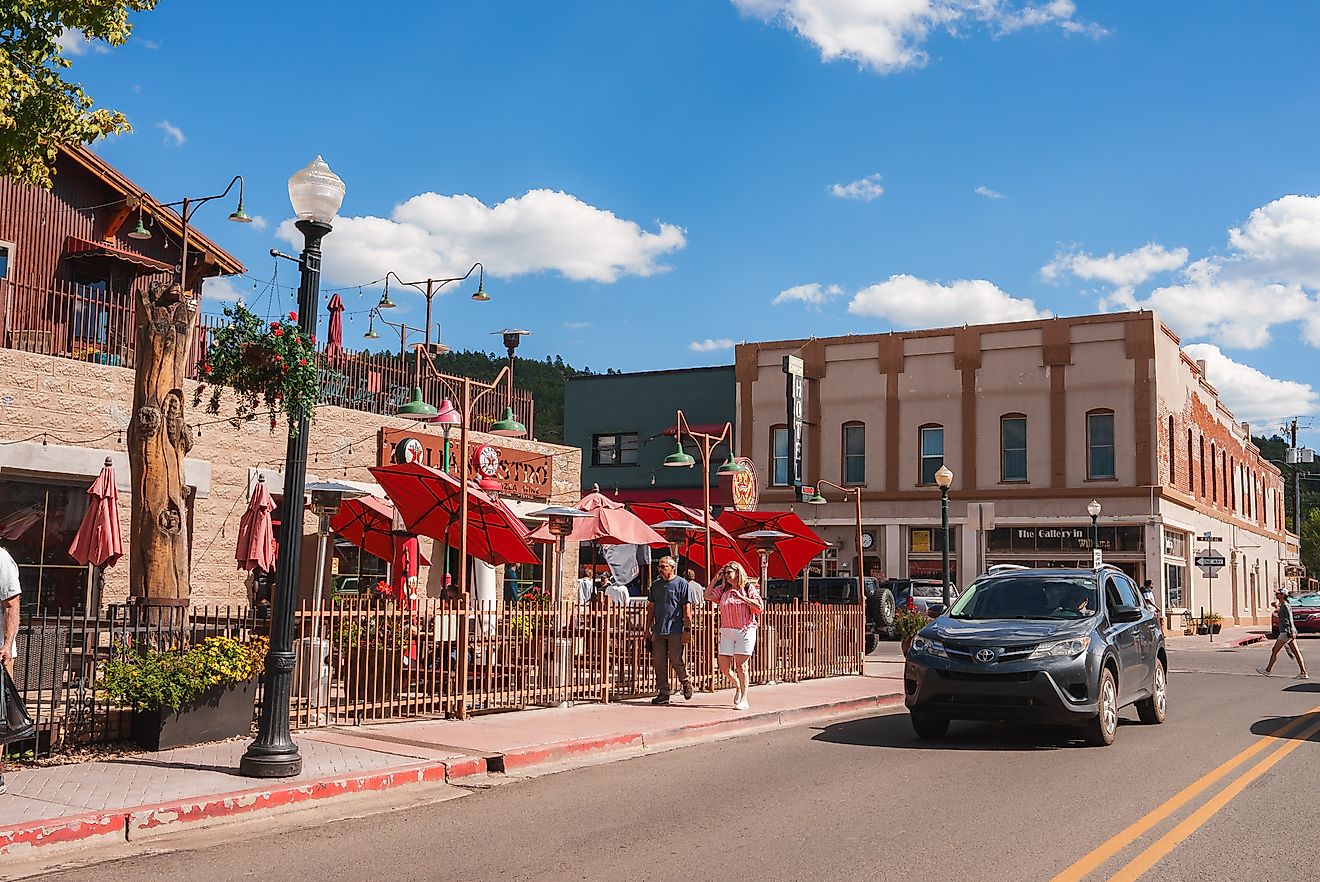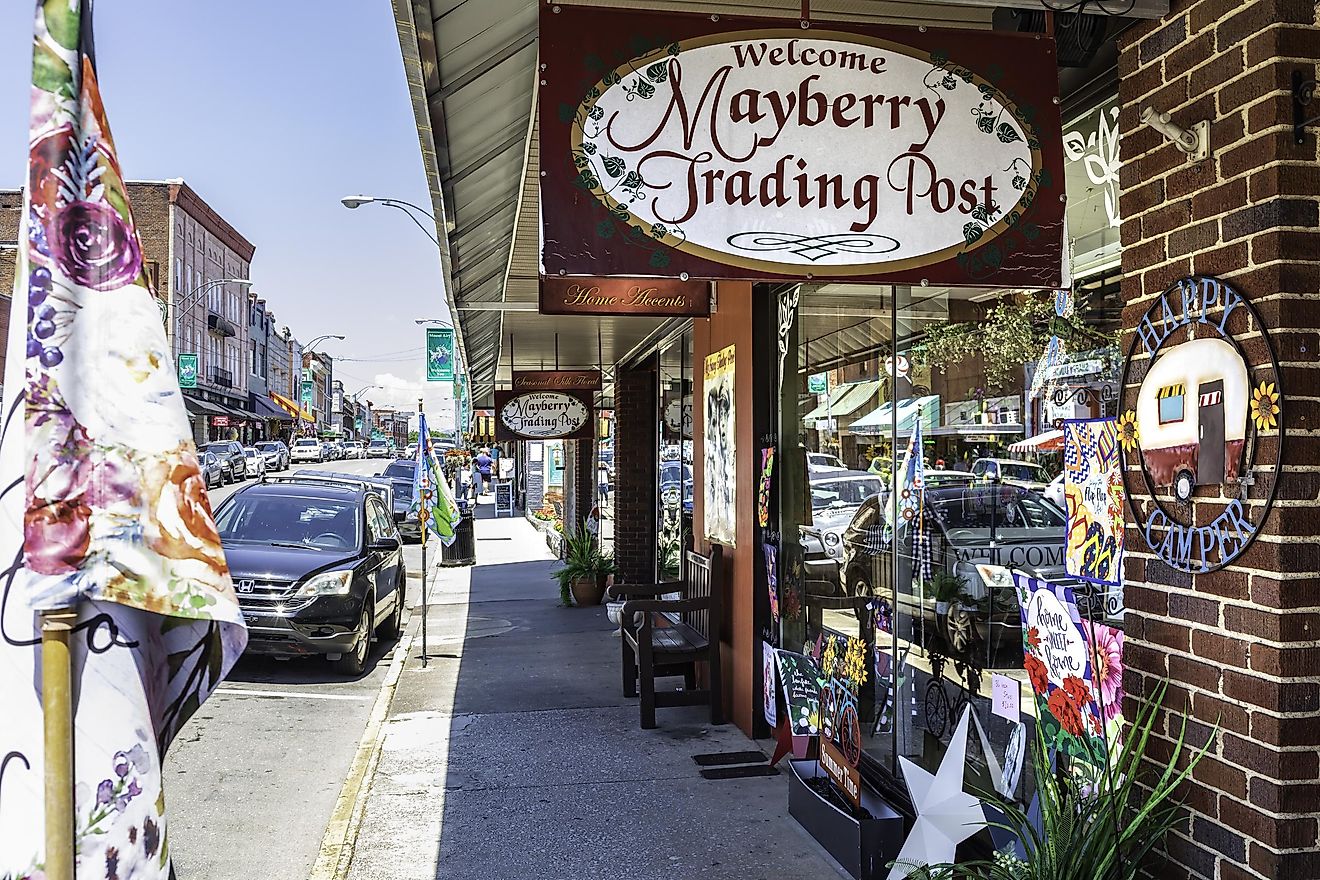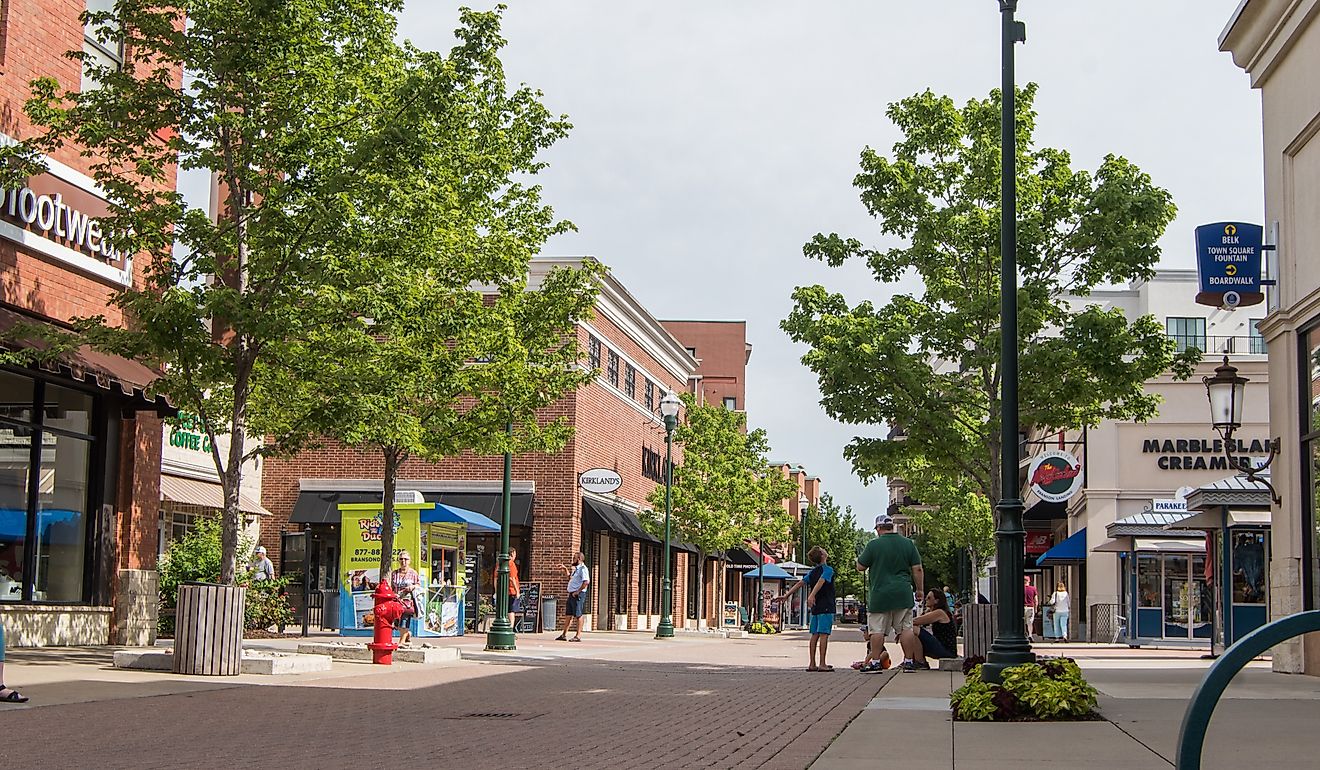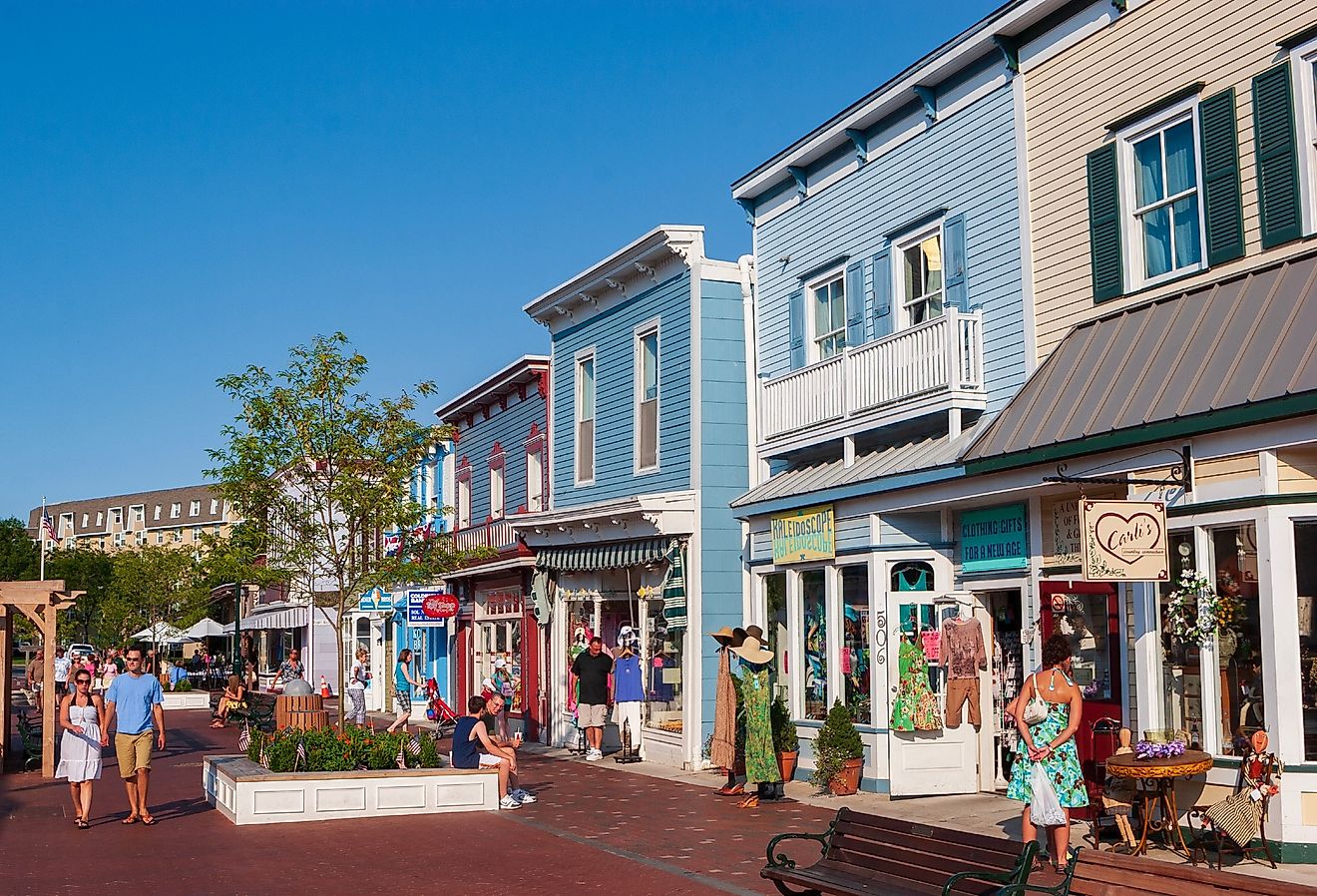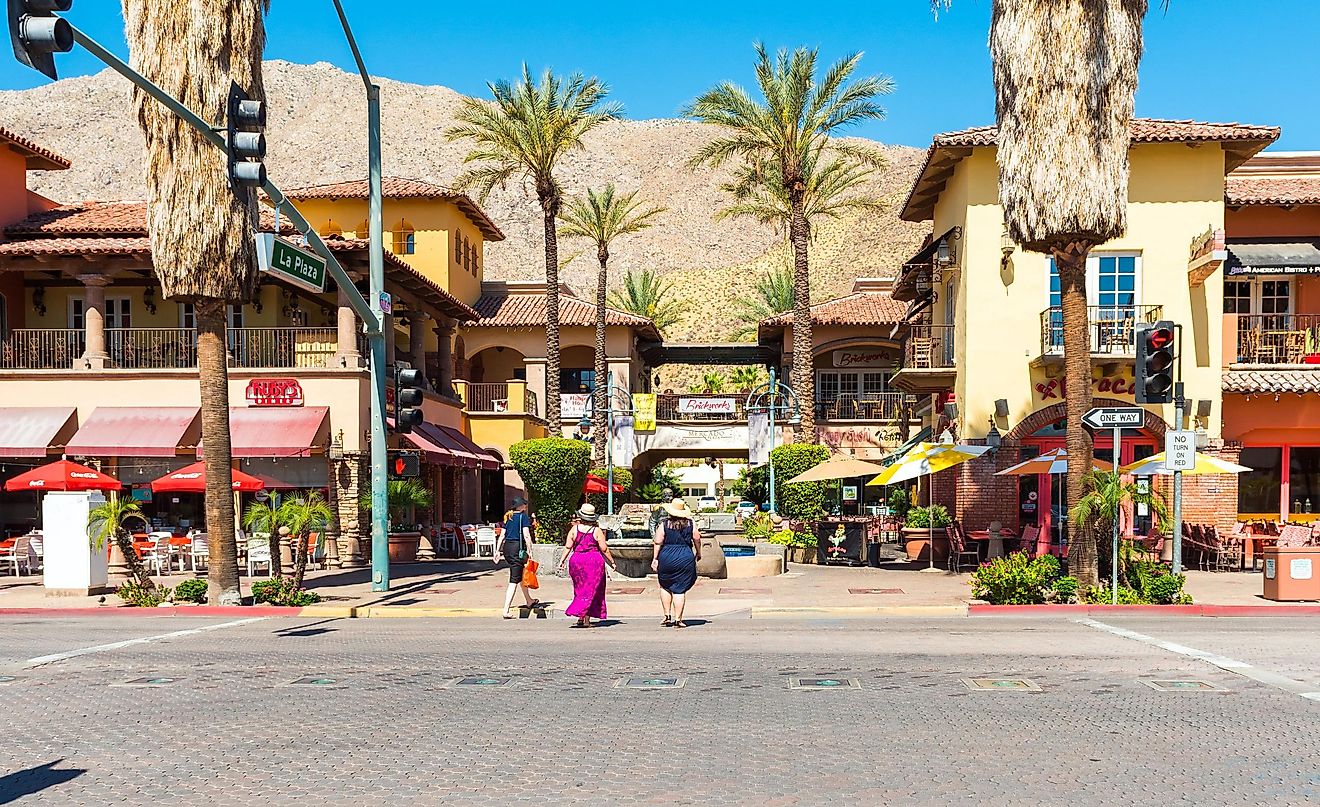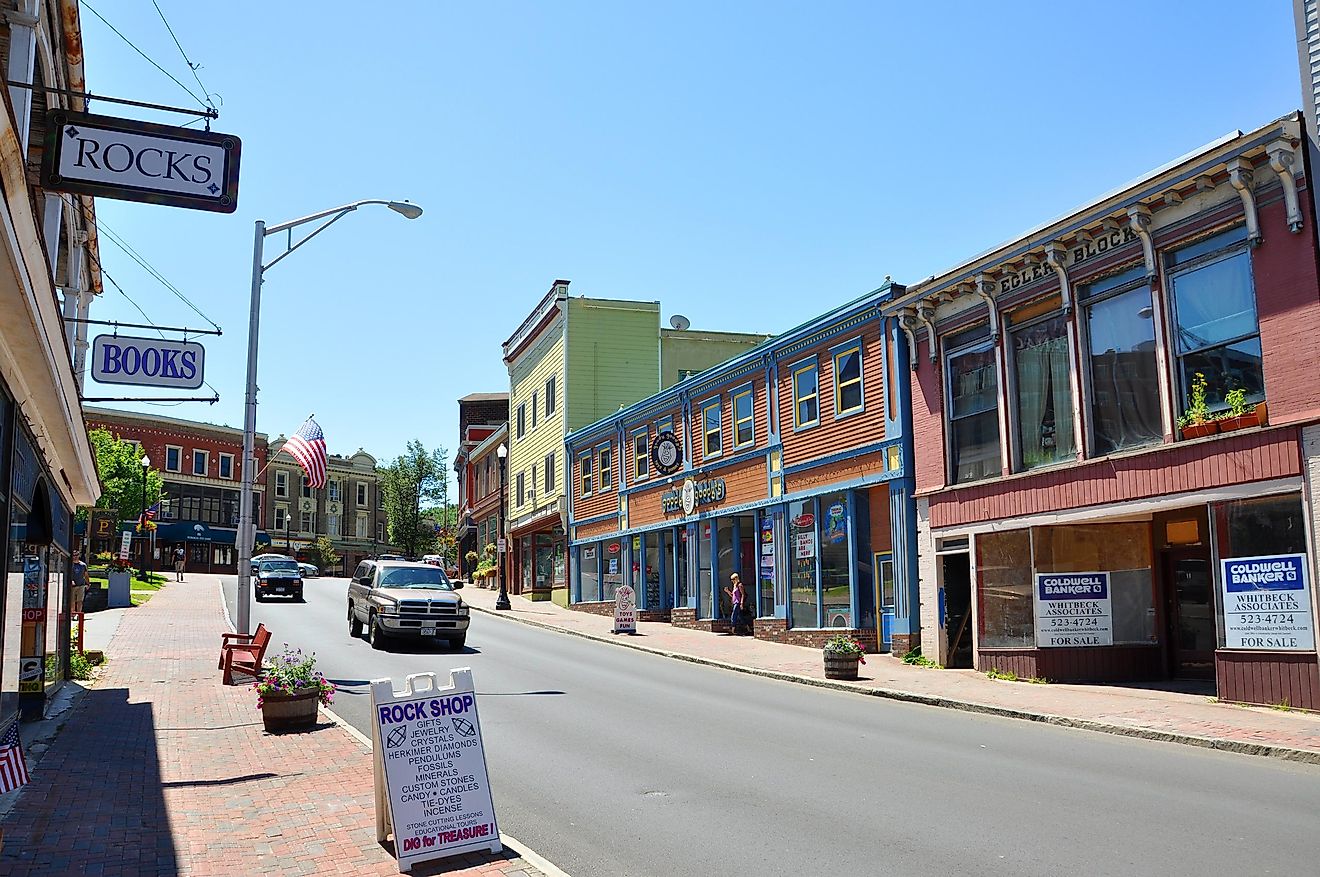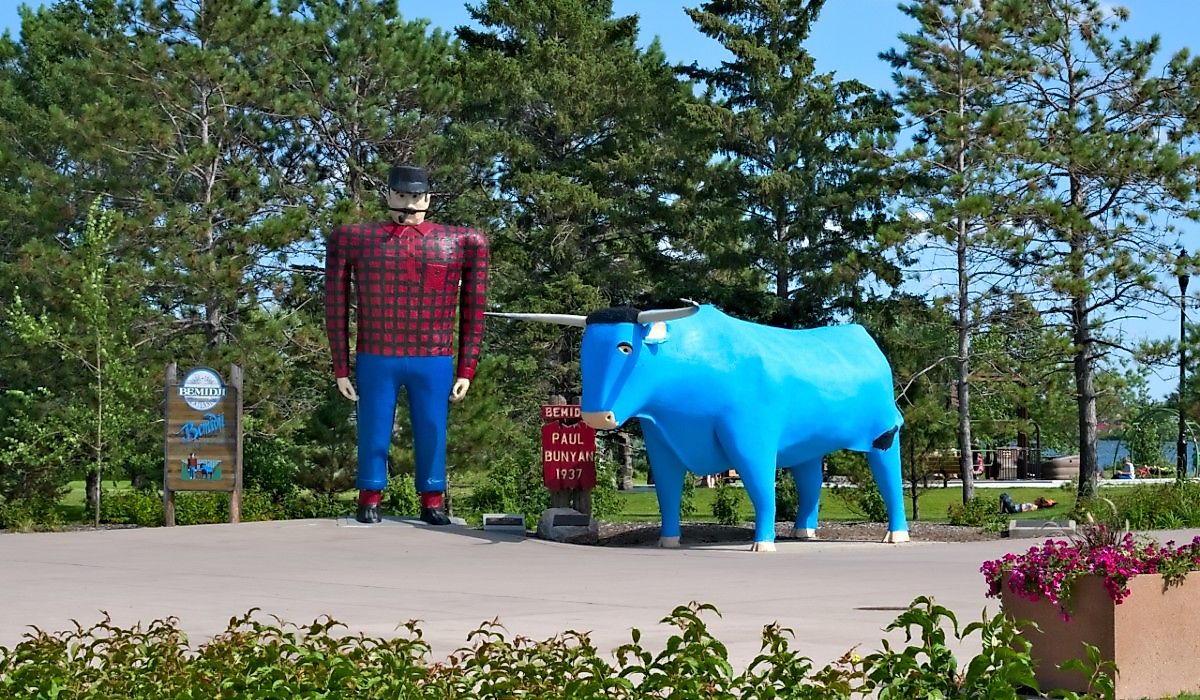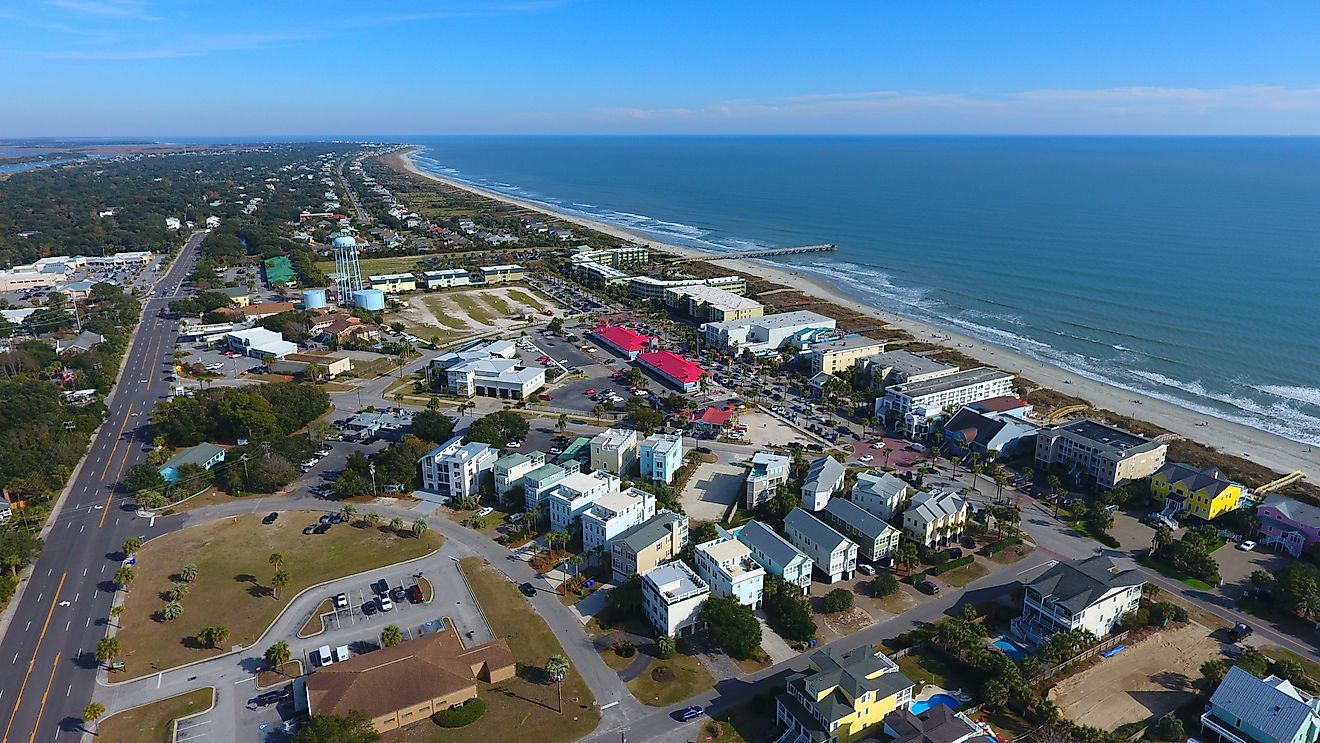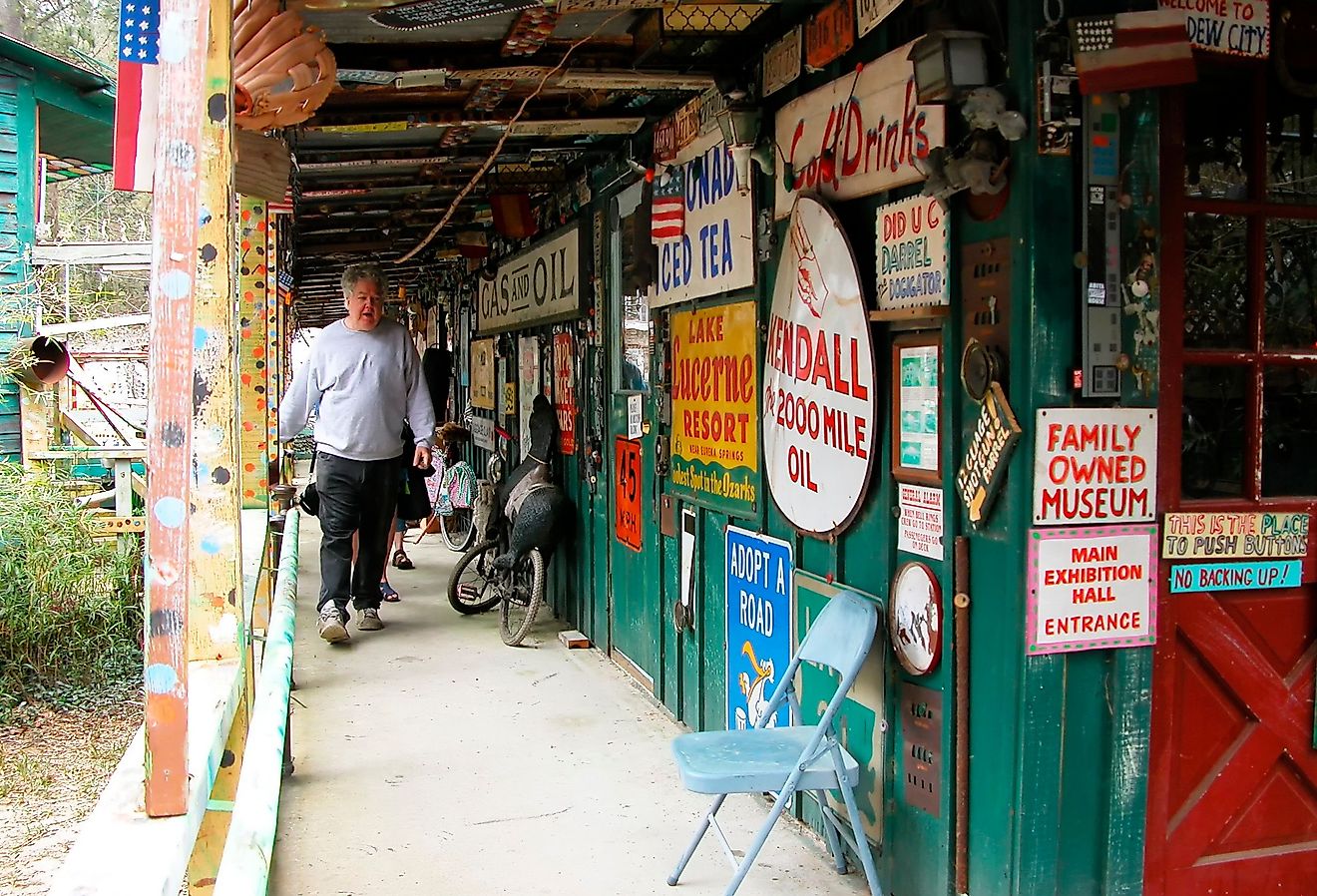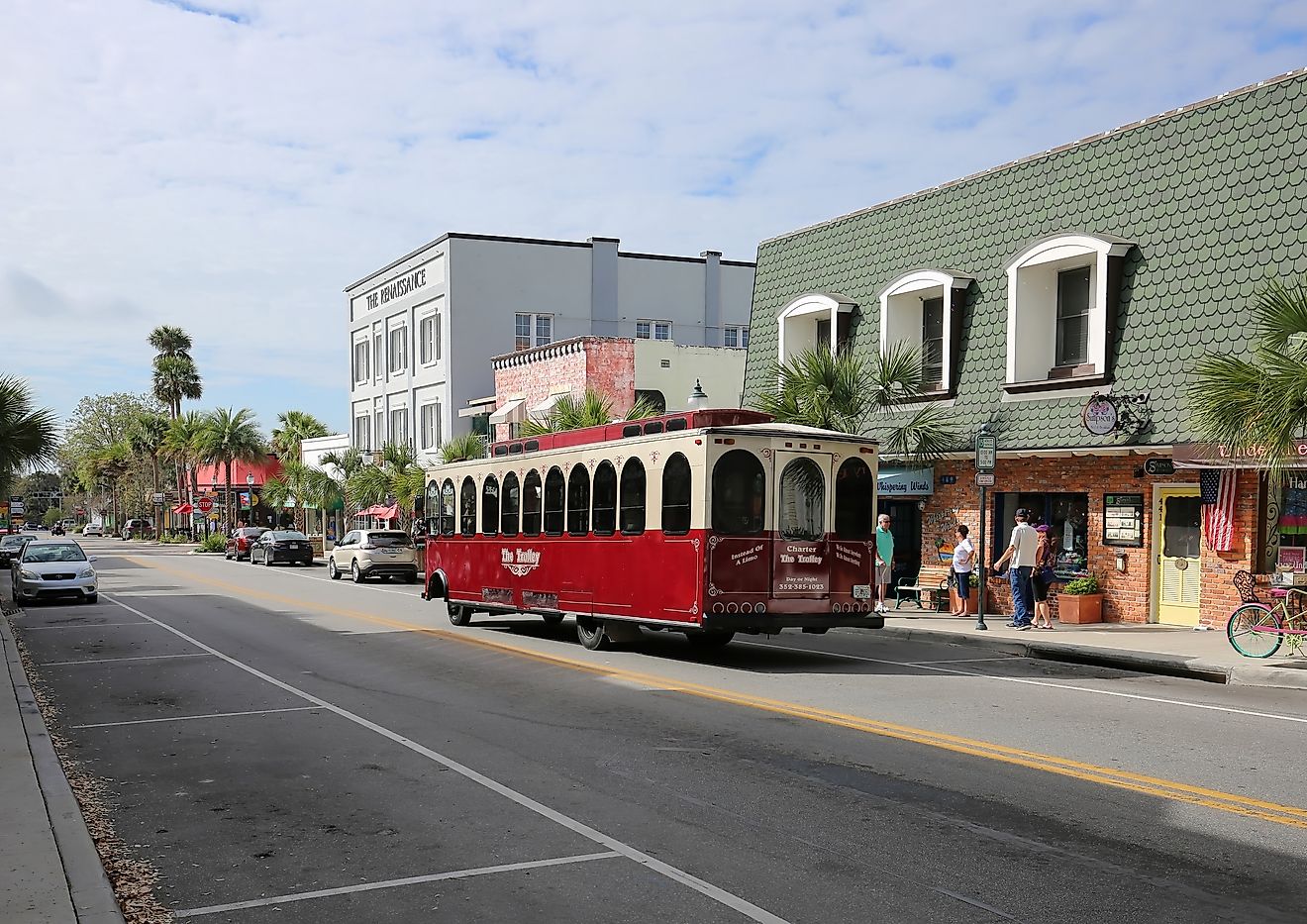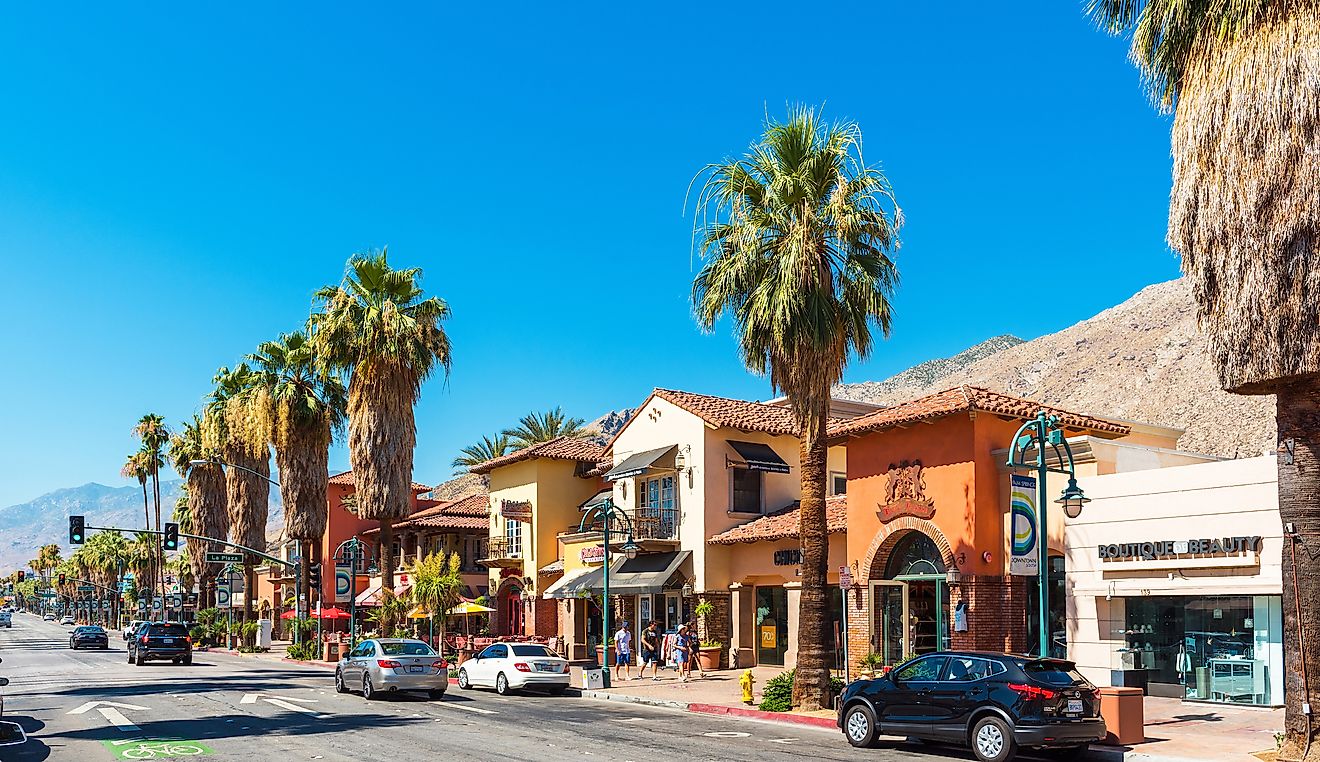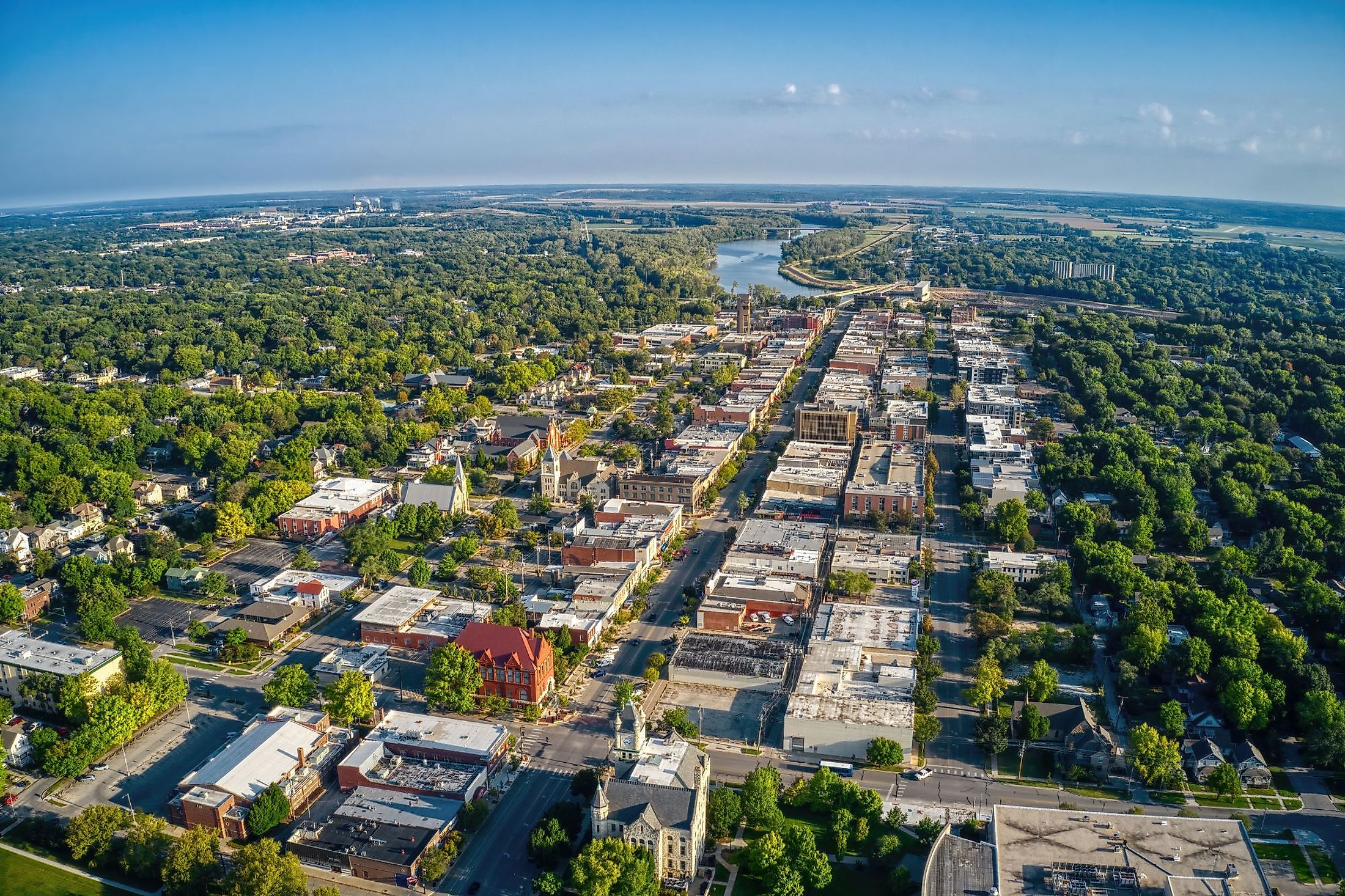
Lawrence, Kansas
One of the few cities situated in the United States founded for political reasons, Lawrence has a battle-tested past stemming from conflicting views on slavery. The Wakarusa River and Kansas River that present-day Lawrence sits on were once intense battlefields. Battles such as the Wakarusa War, Sacking of Lawrence, and Lawrence Massacre were a part of the American Civil War. Today, Lawrence is a college town and home to the University of Kansas and Haskell Indian Nation University. It is also the resting place of basketball inventor James Naismith.
Geography And Climate Of Lawrence
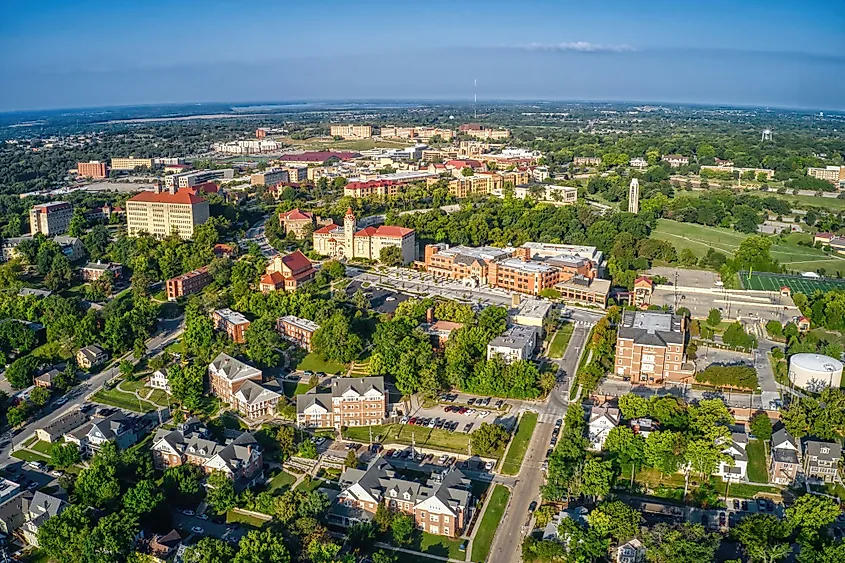
Lawrence is a large city situated in Douglas County in the northeastern portion of the US State of Kansas. The city is located approximately 40 km east of Topeka and 56 km west of Kansas City, Kansas. Being the state's sixth-largest city, Lawrence covers a total area of 88.73 sq. km, of which 1.81 sq. km is covered by water, and 86.92 sq. km is occupied by land. Lawrence resides between two physiographic areas of the dissected till plains and the Osage plains. These grassland plains contributed to the interior plains and were formed through glacial erosion by the Laurentide Ice Sheet. However, another feature of this landscape is loess, which are loosely packed deposits of limestone, gravel, and silt that formed hills and some areas of bluffs found around northeastern Kansas.
With four seasons in a year and distinct muggy summers and cold and windy winters, Lawrence experiences a humid continental climate. Over a year, Lawrence collects 96 days of precipitation from rain, hail, and snow. Rainfall totals 985.52 mm, and snowfall equates to 34.12 inches. The year's coldest month is January, with an average low of -7.5 °C, whereas July is the year's warmest month having an average high of 31.5 °C.
History Of Lawrence
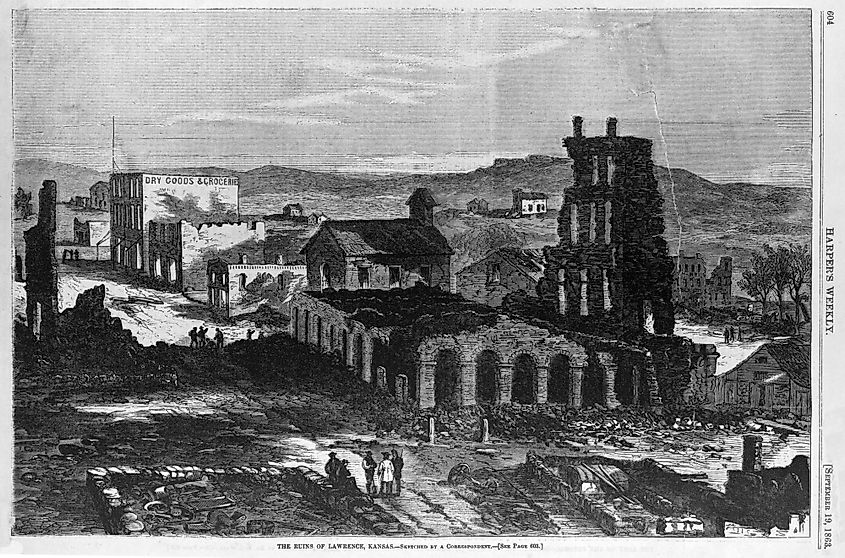
The New England Emigrant Air Society founded Lawrence in 1854 to have a slavery-free territory. The city resides on the migrant-traveled Santa Fe and Oregon Trails. In 1855, bands of settlers arrived in the Lawrence area to seek political power. Secret societies known as Blue Lodges came to fruition to make Kansas a pro-slave state. The night before the election of 1855, 100 wagons arrived from Missouri that wielded weapons. The following day saw 6,300 ballots cast, but there was only a census of approximately 2,900 residents, with the surplus coming from the pro-slave squatters from Missouri. The rest of 1855 saw heated debates from both sides and murder. Between November and December, the Wakarusa War took place and was the first occurrence in a chain of events known as Bleeding Kansas. It was the first time both sides skirmished with a temporary truce until the spring. Lawrence prepared its defenses for the event known as the Sacking of Lawrence in 1856. April 1856 saw Sheriff Jones ride into Lawrence in an attempt to arrest members of the Kansas free state legislature, who were thought to have erected the Free State Hotel as an anti-slave military post. Alas, the attempt was foiled when a sniper shot him. May 1856 saw Federal Marshall Israel B. Donaldson detest the Free State Hotel and assemble a small army to remove the free state government of Lawrence. On May 21, Sheriff Jones and Donaldson sacked the city, taking 30,000 in valuables and burning buildings to the ground, including the Free State Hotel. Kansas became a state in 1861, but the pro-slave movement continued to be at the forefront of the politics in Kansas state. Although becoming a state stopped Bleeding Kansas, it did fuel the American Civil War. In 1863 Lawrence was a stronghold for free state "jayhawkers," also known as "red legs." In August 1863, William Quantrill attacked Lawrence with a pro-slave confederate army and ultimately destroyed the city in the Lawrence Massacre. As a result, 200 men were murdered, and $2 million in damages were done ($44 million adjusted for inflation). This was the last time Lawrence was attacked.
The Population And Economy Of Lawrence
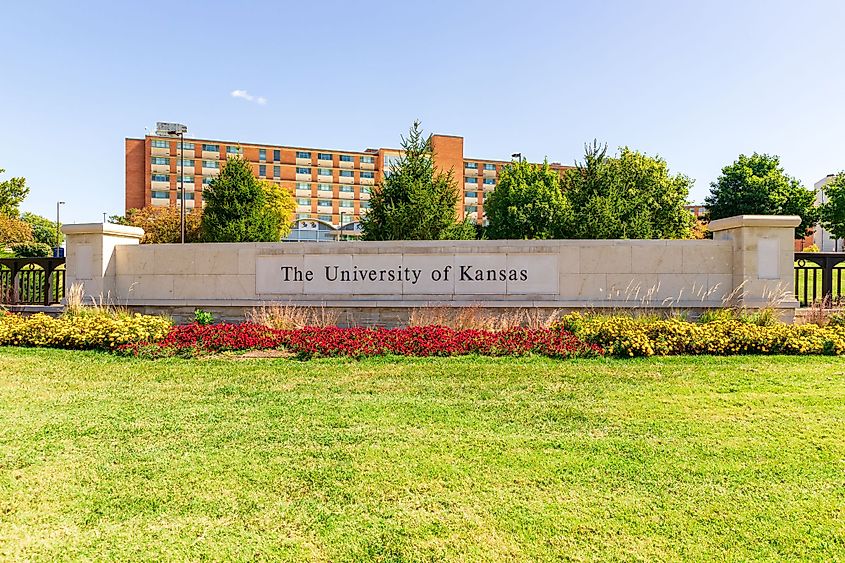
Lawrence has a population of 102,211 inhabitants as per the latest US Census. The population density of Lawrence is 1,000 people per sq. km. Lawrence is the state's sixth-largest city, with Topeka, Olathe, and Kansas City ahead of it. The median household income is $75,656, and the gross monthly rent is $924. On the cost of living index, Lawrence rates at 95.2, whereas the state of Kansas is 93. Yet, 20.71% of the population lives below the poverty line.
The unemployment rate is 3.7%, while the US unemployment rate is 6.0%. The top industries contributing to the economy include educational services at 21.2% overall, retail trade at 12.5%, and healthcare and social assistance at 11.9%. Opening its doors in 1866, the first year that the University of Kansas was in operation saw 55 students. As of present, the university has over 28,000 students and boasts the Jayhawk as its mascot. Although the Lawrence campus is the flagship facility, there are branches in Salina, Overland Park, Kansas City, and Wichita. The University of Kansas is Lawrence's top employer and employs 10,116 workers.
Attractions In Lawrence
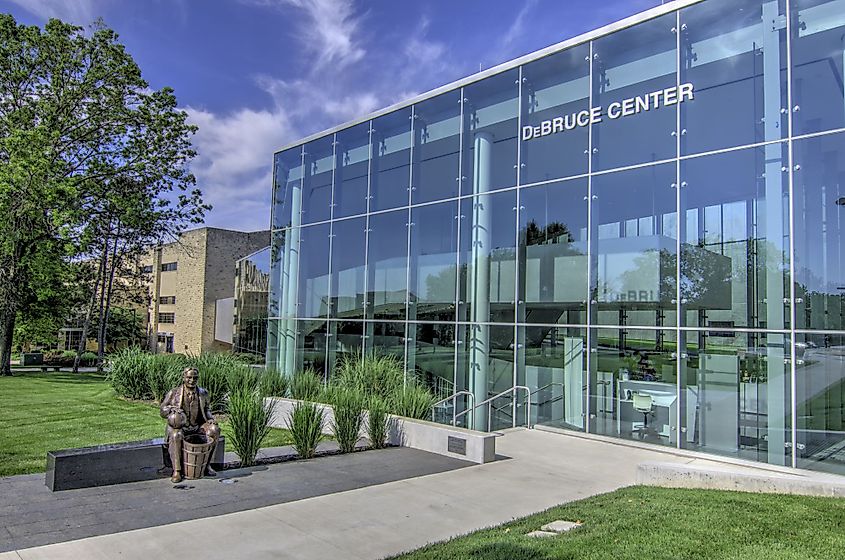
Watkins Museum of History
The Watkins Museum of History was initially the Watkins National Bank that opened in 1888. It was donated to the city in 1970 and, after renovations, reopened as a museum. With an extensive history, the museum's goal is to preserve Lawrence's past and teach future generations about the conflict the city saw on the path to statehood. Notable artifacts include the Eldridge Chair, Sacramento Cannon, and Naismith's Desk. The Watkins Museum of History has an ongoing genealogy project in which it helps families in tracking down and obtaining their family tree details.
Lawrence played a pivotal role in Bleeding Kansas, which directly resulted in the Wakarusa War and the Sacking of Lawrence. Although pillaged and destroyed throughout its history, the resilience of the anti-slave citizens was able to rebuild the city and defeat the Confederate army in the end. Lawrence's tumultuous past is what makes it an intriguing town to visitors, with many ways to see and experience its history. As of today, it is known as a quiet university town found between Topeka and Overland Park that wears its Jayhawk proudly.
